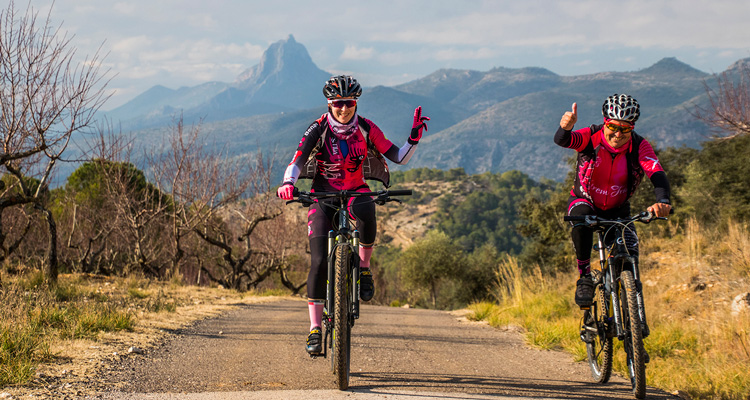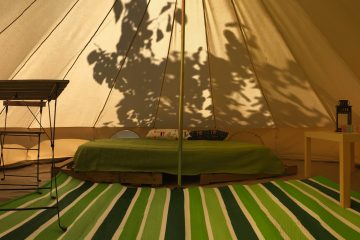Not sure what Natural Parks there are in Valencia? Here are the 7 best!
In the Valencian Community there are places that should not be missed; and that surprise us every time we look at them. Either by the location, by the colorful natural landscape, or by the air that is breathed- these places are an integral part of the charming places in the Valencian Community. So, you refuse to miss the best places in the Valencian Community, the 7 natural parks are a good way to truly see it all.
1. The Pou Clar, Ontinyent
This is the most important river landscape of Ontinyent. It stands out for its nature and beautiful landscape. The Clariano River is a crucial part of this park, and turns it from a typical park into a summertime oasis. Good accessibility allows you to stroll along its banks. In summer The Pou Clar becomes an important meeting point to cool off and enjoy a lush space.
2. Island of Portitxol, Xàbia
Located between Cap Prim and Cap Negre in Xàbia. Portitxol Island reaches 300 meters in diameter. Gravel and rocks give access to a corner that becomes a reserve under the warm waters of the Mediterranean. Numerous divers take advantage of the fantastic conditions of this place for some incredible dives.
3. L’Albufera de València
On July 8th, 1986, L’Albufera was declared a Natural Park. Its 21,000 hectares of surface make this wetland the largest lake in the Iberian Peninsula. The ravines, ditches and springs, called “ullals”, feed this sacred space of fresh water that brings together thousands of people a year.
4. Les Illes Columbretes
Next to the coasts of Castellón, 28 miles from Oropesa, small formations of volcanic origin emerge: the old Snake Islands. This group of small islands, due to isolation and excellent conservation, house unique animal and plant species in the Mediterranean that are hard to find anywhere else.
5. The Sierra de Mariola
Located between the regions of Alcoià, El Comtat and Vall d’Albaida. The highlight of this natural site lies in the Montcabrer peak (1390 meters high). The Serra de Mariola has the micro-reserve of the Teixera d’Agres, the southernmost yew forest in Europe.
6. The Sierra Calderona
Declared a Natural Park on January 15th, 2002, this mountain range separates the basins of the Palancia rivers to the north and Turia to the south. The mountain range is championed by the Garbí viewpoint and crowned by the Montemayor peak that exceeds 1000 meters high.
7. Cim of Penyagolosa
The “Gegant de Pedra” is the highest peak in the massif in Castellón. Only Cerro Calderón, with 1837 meters above sea level, exceeds the level of this mountain core of the Iberian System that was declared a Natural Park in 2006.
If you are looking to get away from noise, stress, and asphalt, go and adventure to these places in theValencian Community. The Pou Clar (Ontinyent), The Island of Portitxol (Jávea), L’Albufera de València, les Illes Columbretes, the Sierra Calderona, the Sierra Mariola,nat and the Penyagolosa are all waiting for you.








